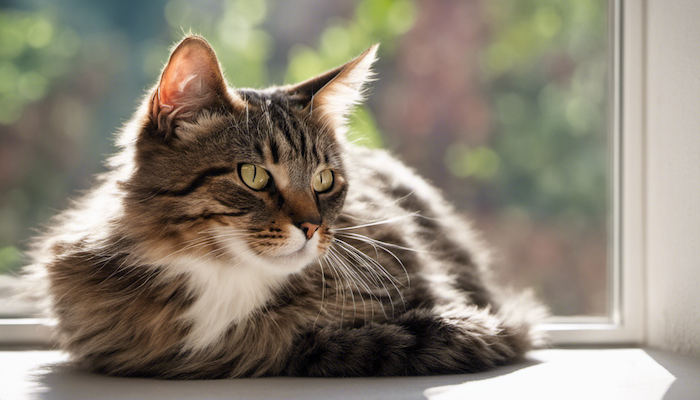Cats, with their reputation for being independent and self-sufficient, are sometimes seen as the low-maintenance alternative to dogs. However, while they might be less demanding in certain aspects of care, it’s crucial for cat owners to remain attentive to their feline friends’ well-being. Recognizing signs of illness is essential to ensure timely intervention and proper care. Let’s delve into what every cat owner should be aware of.
1. Behavioral Changes
Cats are creatures of habit. If your typically active feline suddenly becomes lethargic or a usually calm cat becomes aggressive, it might be a sign that something is amiss. Unexplained and sudden changes in behavior or temperament can be indicative of pain, discomfort, or illness.
2. Changes in Appetite and Drinking
If your cat starts eating less or more than usual or seems uninterested in its favorite treats, it’s a cause for concern. Similarly, increased thirst and urination can be signs of diabetes or kidney disease.
3. Vomiting and Diarrhea
While an occasional hairball might not be alarming, frequent vomiting or diarrhea can signal various issues, from ingestion of a toxic substance to gastrointestinal problems. Consistent episodes or those accompanied by other symptoms require prompt veterinary attention.
4. Breathing Difficulties
Watch for increased effort while breathing, coughing, or wheezing. Such signs might indicate asthma, heart disease, or other respiratory problems.
5. Grooming Habits
An unkempt coat or decreased grooming can be signs of arthritis, dental disease, or other health problems. Conversely, excessive grooming, leading to bald patches, might be an indication of allergies, parasites, or stress.
6. Litter Box Habits
Both constipation and diarrhea can be cause for concern. Also, frequent attempts to urinate with little output, or blood in the urine, can be signs of urinary tract problems or infections.
7. Physical Changes
Any lumps, bumps, or unexplained weight loss should be investigated. Look out for signs of dental disease, such as bad breath, drooling, or difficulty eating.
8. Eye or Nose Discharge
Watery eyes, squinting, or nasal discharge can be symptoms of respiratory infections, allergies, or other issues.
9. Hidden Signs
Cats are masters at hiding their pain. Subtle signs might include avoiding being picked up, a decrease in jumping or climbing, or not using the litter box properly because it’s painful to get in or out.
Tips for Cat Owners
- Regular Check-ups: Schedule regular veterinary check-ups at least once a year. This helps in early detection and management of potential problems.
- Know Your Cat: Understand your cat’s habits and behaviors so you can spot any deviations early on.
- Safe Environment: Ensure your home is cat-proofed against toxic plants, foods, and chemicals.
- Stay Updated: Continually educate yourself on common cat diseases and conditions.
In conclusion, while cats might seem like low-key companions, they rely on us to notice when things aren’t quite right. By staying informed and observant, cat owners can ensure their pets live the healthiest, happiest lives possible. If ever in doubt, always consult with a veterinarian. Your feline friend deserves the best care you can provide!

